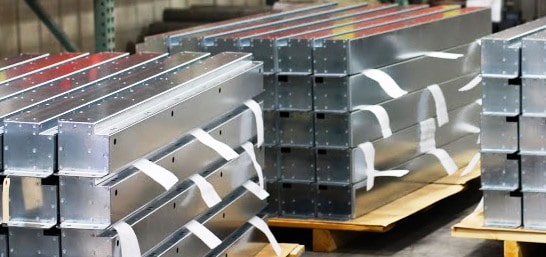
If that was the case, Schaffer Manufacturing would not have decided, 10 years ago, to expand into precision sheet metal solutions. Our best-performing strategy for winning and keeping a customer is to determine how to make a component better, smarter and as cost efficiently as possible. For us, simply doing something anyone can do – and achieving the same, commodity-type results in terms of quality and value-added – would not have been a good business decision.
We think setting higher expectations for sheet metal fabrication can also be a more important business decision for equipment manufacturers. How can you elevate the supply chain status of sheet metal from commodity to strategic opportunity? Here are three ways to think about and evaluate fabrication suppliers.
Risk leads to real progress. Stay open to being challenged on what you know about sheet metal fabrication. In fact, be suspicious of suppliers who don’t make recommendations that bump up against what you think is possible.
Machinery means momentum. Outsourcing is a way to use leading-edge technology without using your own capital and assets. Look for and validate a supplier equipment strategy – especially when it comes to production-floor technology – that indicates aggressive investment in what will be possible tomorrow.
More operations equal more opportunities. Sheet metal fabrication that can add the most value combines multiple in-house operations to deliver a seamless, single-source supply chain solution. From R&D-stage design, engineering and low-volume/prototype production through high-volume manufacturing, assembly, powder coating and inventory management.
